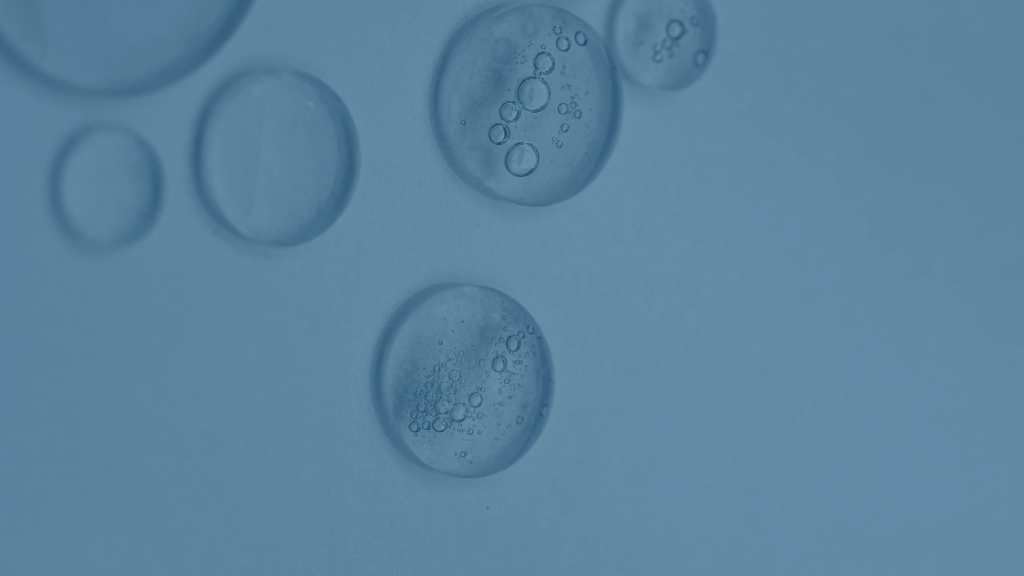FREE Shipping on Orders over $89 with Account – Create One Today!
- (844)-859-9400
- Get Help

Hydrocolloid dressings, a specialized category in advanced wound care, offer a myriad of benefits for effective wound management. At Medical Monks, we understand the importance of choosing the right hydrocolloid dressing and are dedicated to guiding you through the top types available, along with instructions on how to apply them to maximize their benefits.
After all, these dressings represent a unique and effective solution in wound care, combining moisture retention, protective barrier, extended wear time, and comfort. Whether you’re managing minor burns, abrasions, pressure sores, or leg ulcers, these dressings can be an ideal choice, and we at Medical Monks are here to assist you in selecting the right hydrocolloid dressing for your needs.
Hydrocolloid dressings typically consist of an adhesive, moldable layer, which includes gel-forming agents such as carboxymethylcellulose, gelatin, and pectin.
Upon contact with wound exudate, these agents absorb moisture and transform into a gelatinous substance. This process creates a moist environment that is conducive to wound healing.
The efficacy of hydrocolloid dressings is predicated on several core mechanisms:
The gel that forms also helps in minimizing pain during dressing changes, as it does not adhere to the wound, thus reducing trauma.
Suitable for a variety of wound types, hydrocolloid dressings are particularly beneficial for ulcers, as well as acute wounds. They are not recommended for wounds with high levels of exudate, as their absorptive capacity does have limits.
Hydrocolloid dressings are specialized bandages designed for certain types of wounds. Composed of gel-forming agents with an adhesive, flexible layer, they create an optimal environment for healing.
Here are the wound types that hydrocolloid dressings are meant to address:
However, it’s worth noting that hydrocolloid dressings are not recommended for infected wounds or those with heavy exudate. It’s best to ask a healthcare professional whether this type of dressing is correct for your current situation.
Hydrocolloid dressings are versatile in form and are made to accommodate various wound types and locations. Here are some common types of hydrocolloid dressings along with some popular examples of each type:
Ideal for superficial wounds, flat dressings are simple to apply and usually come in different shapes and sizes. They are designed to provide a seal over the wound, thus maintaining a moist healing environment.
Certain wounds benefit from a more specific shape. Contoured dressings are engineered for body parts like the elbow, sacrum, or heel, providing a snug fit and ensuring that the dressing stays in place.
Incorporating natural ingredients like honey, these types of dressings bring the antimicrobial properties of honey to the healing process, adding an extra layer of protection against infection.
Foam dressings are used when greater absorbency is required. They can manage higher levels of exudate while still retaining the advantageous moist environment.
Each type of hydrocolloid dressing is designed to adhere securely to the skin, limit contamination, and minimize wound disturbance during healing. Their self-adhesive nature allows for a variety of uses, ensuring a dressing type exists for almost any wound scenario.
Hydrocolloid dressings are designed to be worn for several days (check manufacturer’s label), depending on the level of wound exudate and overall guidelines. Monitoring is essential to assess for signs of infection or dressing saturation.
Application Steps:
Application Tips:
After application, the dressing forms a gel with the wound exudate, creating a moist healing environment. This feature promotes faster wound recovery and provides protective cushioning.
Frequent dressing changes can be detrimental to wound healing, as these dressings are meant to stay on and can absorb up to 25-fold of their weight in fluid. It’s important to check compatibility with other wound treatments and avoid unnecessary dressing changes to stabilize the wound environment.

Edited for content by ADAM PAGE.
